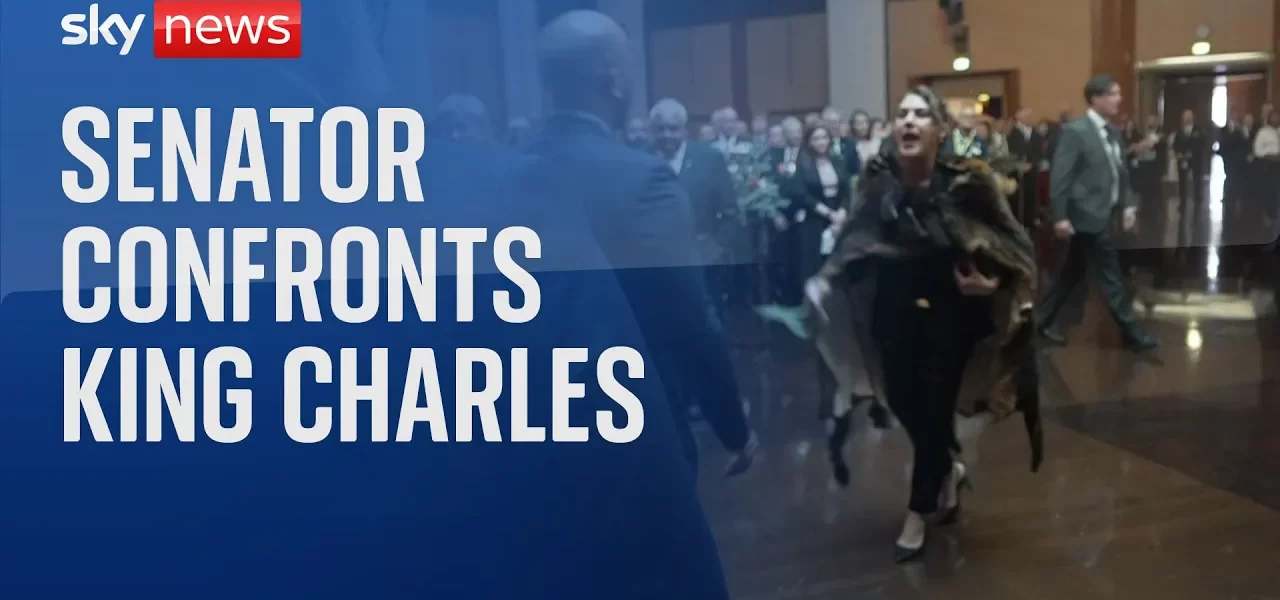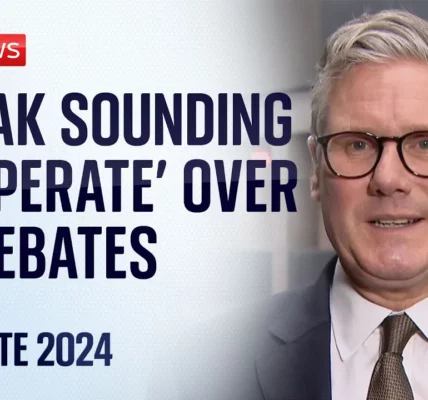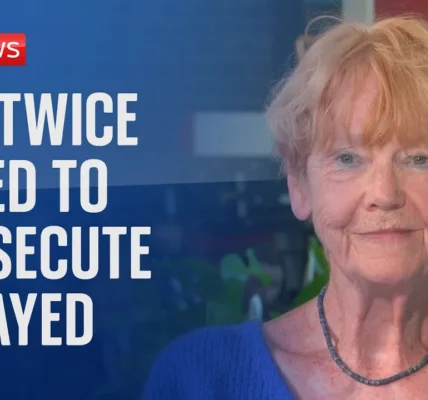King’s Speech in Canberra: A Call for Indigenous Rights and Reconciliation

This article delves into the recent address by the King in Canberra, highlighting the poignant moments that unfolded during this historic event, particularly the confrontation with Senator Lydia Thorp. The speech underscores the ongoing struggles of Indigenous Australians and the pressing need for reconciliation and recognition of past injustices.
Introduction
The King’s speech delivered in Canberra marked a significant moment in Australian history, where themes of reconciliation, Indigenous rights, and acknowledgment of past injustices dominated the narrative. As he addressed a captivated audience in the Great Hall of Parliament House, the tone shifted dramatically when Senator Lydia Thorp, the first female Aboriginal Senator from Victoria, stood up in protest. Her bold actions highlighted the urgency of addressing the grievances of Indigenous Australians, who have long sought recognition and reparations for the injustices they have endured.
The King’s Address: A Moment of Reflection
The King’s address was a carefully crafted speech intended to resonate with the audience, which comprised some of the most influential figures in Australia. His acknowledgment of Indigenous Australians and their struggles for reconciliation was a pivotal moment. However, many felt that while the intent was commendable, it fell short of the decisive action that many Indigenous leaders have been advocating for.
Key Themes in the Speech
- Acknowledgment of Indigenous Rights: The King recognized the historical struggles faced by Indigenous Australians.
- Call for Reconciliation: Emphasized the importance of moving forward together as a nation.
- Recognition of Historical Injustices: Addressed the colonial history and its lingering effects on Indigenous communities.
Senator Lydia Thorp’s Confrontation
As the King’s speech concluded, the atmosphere shifted dramatically when Senator Lydia Thorp made a bold stand. Known for her outspoken nature on Indigenous issues, Thorp’s actions were not merely a spontaneous outburst but rather a calculated move to draw attention to the ongoing struggles of her people.
The Significance of Thorp’s Actions
- Highlighting Unaddressed Grievances: Thorp’s protest was a stark reminder that many Indigenous Australians feel their voices are still not being heard.
- Demand for a Treaty: Her call for a treaty underscored the urgency for official recognition and rights for Indigenous Australians.
- Creating Awareness: The confrontation brought significant media attention to the issues of Indigenous rights and reconciliation.
Reactions to the Confrontation
The incident sparked a flurry of reactions from the audience, with some expressing support for Thorp’s stand while others were caught off guard by the interruption. The King himself appeared visibly uncomfortable, reflecting the complex dynamics of addressing colonial history and Indigenous rights in contemporary Australia.
Welcome to Country Ceremony: A Cultural Significance
Earlier in the day, before the King’s address, he participated in a Welcome to Country ceremony, which included a smoking ceremony conducted by an Indigenous Australian elder. This traditional ritual is significant in Indigenous culture, symbolizing respect for the land and its original inhabitants.
The Importance of the Welcome to Country
The Welcome to Country ceremony serves several purposes:
- It acknowledges the traditional custodians of the land.
- It fosters respect between Indigenous and non-Indigenous Australians.
- It provides an opportunity for reflection on past injustices and a path toward healing.
Calls for Apology and Acknowledgment
In discussions following the King’s speech, many advocated for a formal apology from the monarchy regarding the historical injustices faced by Indigenous Australians. The sentiment expressed by the elder during the Welcome to Country ceremony resonated strongly: “We all have roles and responsibilities.” This statement encapsulates the need for acknowledgment and the importance of addressing historical wounds.
The Role of the Monarchy in Reconciliation
As discussions on reconciliation continue, the monarchy’s role is increasingly scrutinized. Many believe that a clear acknowledgment of past wrongs and a commitment to supporting Indigenous rights and autonomy are crucial steps toward genuine reconciliation.
Conclusion
The King’s speech in Canberra was a significant moment that highlighted the ongoing struggles of Indigenous Australians and the urgent need for reconciliation. Senator Lydia Thorp’s confrontational stand brought attention to the deeper issues that still require resolution. Moving forward, it is essential for all Australians, including the monarchy, to engage meaningfully with Indigenous communities, acknowledge past injustices, and work together towards a future of equality and respect. For further reading on Indigenous rights and reconciliation efforts, check out our articles on Indigenous Rights in Australia and Current Reconciliation Efforts.
“`




